Drivetrain systems are at the heart of power transmission, and even the smallest component can play a decisive role in how effectively energy moves from the engine to the wheels. One of the most critical yet often overlooked elements is the universal joint. When designed with pressed bearings, this component can significantly influence not only performance but also the long-term efficiency of the entire system.
The efficiency of any drivetrain is a balance between strength, smoothness, and energy loss. Traditional universal joints can introduce friction and rotational resistance that increase wear and consume unnecessary power. In contrast, a universal joint with pressed bearings is designed to minimize rotational mass while maximizing load-bearing stability. The result is a more responsive drivetrain that transfers torque with reduced parasitic loss, which translates directly into better operating efficiency.
Pressed bearing technology allows the joint to have a thinner cup body without compromising structural integrity. This lighter construction reduces the inertia of rotating parts, meaning the drive shaft needs less energy to accelerate and decelerate. In high-performance vehicles or heavy-duty machinery, these small improvements in rotational mass can accumulate into noticeable gains in speed response, energy savings, and overall reliability.
A universal joint with pressed bearings also helps smooth out vibration within the drivetrain. Misalignments or variations in torque often create mechanical noise and vibration that can shorten the lifespan of connected components. By distributing loads more evenly across its bearing surfaces, this type of joint dampens vibration, reduces resonance, and ensures smoother power transfer. For operators, this means a quieter drive and less mechanical stress across the system.
The efficiency benefits extend further when considering thermal behavior. Every mechanical system generates heat as a byproduct of friction. Because pressed bearing joints reduce resistance, they operate at lower temperatures compared to bulkier designs. Lower operating temperatures mean less lubricant degradation, fewer breakdowns, and longer service intervals, all of which contribute to an overall reduction in total cost of ownership.
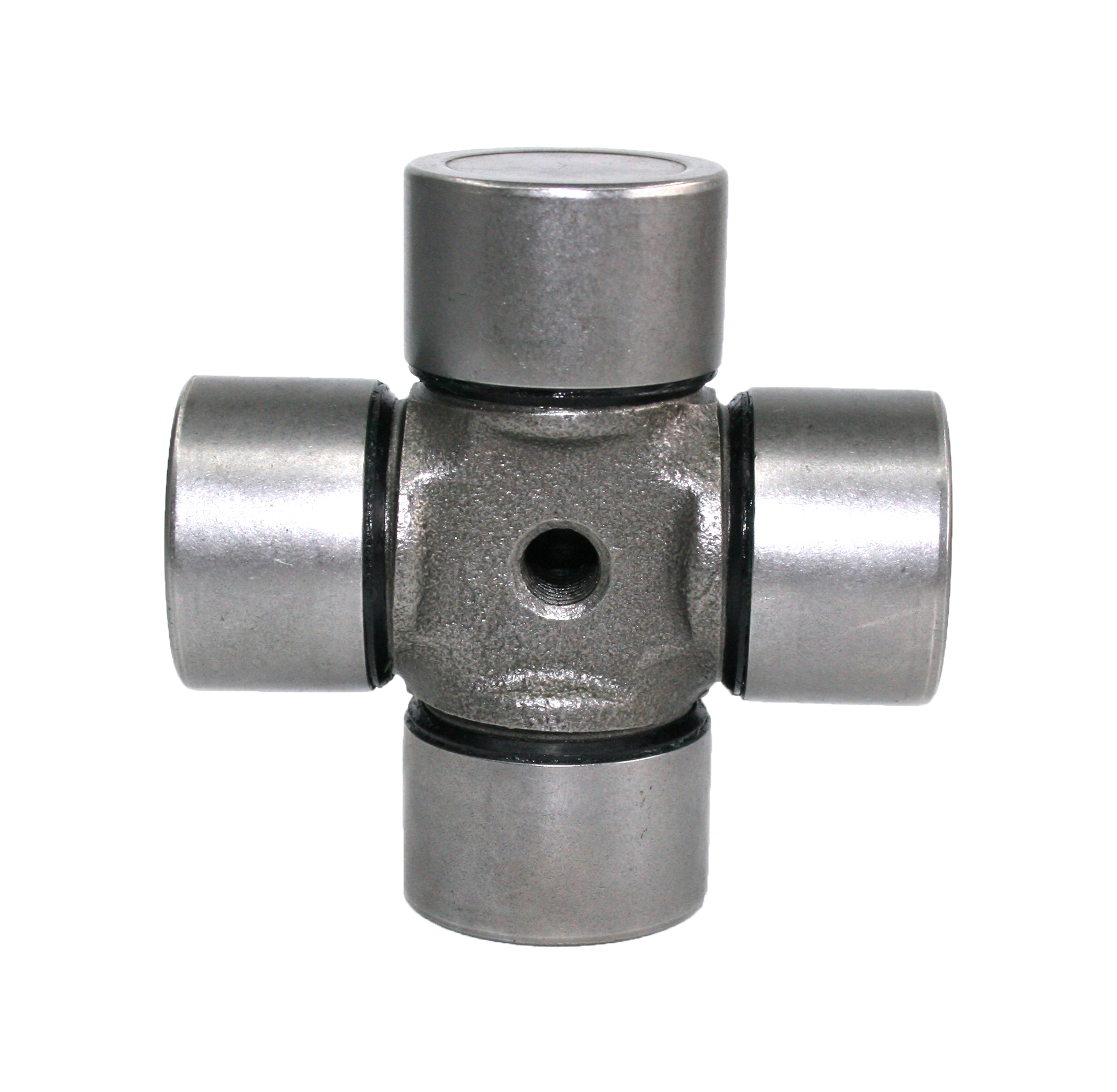
When applied to industries such as automotive, aerospace, or agricultural machinery, these advantages become even more pronounced. In high-speed automotive drive shafts, for example, a universal joint with pressed bearings allows engineers to maximize torque output while maintaining stability at elevated RPMs. In industrial equipment, efficiency improvements translate directly into reduced fuel consumption or electricity usage, which is a growing priority for cost-conscious and sustainability-driven businesses.
The role of drivetrain efficiency is not only technical but also economic. When customers choose a universal joint with pressed bearings, they are investing in a component that minimizes downtime, extends machine life, and lowers operational costs. Over the lifecycle of a vehicle or piece of equipment, the cumulative savings from reduced energy waste and maintenance can far outweigh the initial purchase price, especially when compared to lower-quality alternatives.
It is also worth noting that efficiency improvements in drivetrain components have a multiplier effect. A universal joint with pressed bearings does not work in isolation; it ensures that connected parts such as shafts, bearings, and seals operate under less strain. This cascading effect can extend the operational life of the entire drivetrain assembly, helping manufacturers and operators meet higher standards of reliability and performance.
From a manufacturer’s perspective, supplying universal joints with pressed bearings is more than delivering a product—it is about providing a solution that enhances the competitiveness of our customers. Whether it is a racing team seeking quicker acceleration, a logistics operator aiming for lower fuel consumption, or a machine builder focused on durability, the efficiency gains are tangible. That is why we continuously invest in material science, precision machining, and quality testing to ensure our universal joints deliver consistent performance in every application.
In the modern landscape of engineering, every percentage of efficiency matters. Universal joints with pressed bearings are not just replacement components; they are integral to building drivetrains that are lighter, stronger, and more efficient. For customers who value long-term performance, durability, and operational savings, choosing the right universal joint is an essential step toward achieving those goals.

 English
English Español
Español 中文简体
中文简体



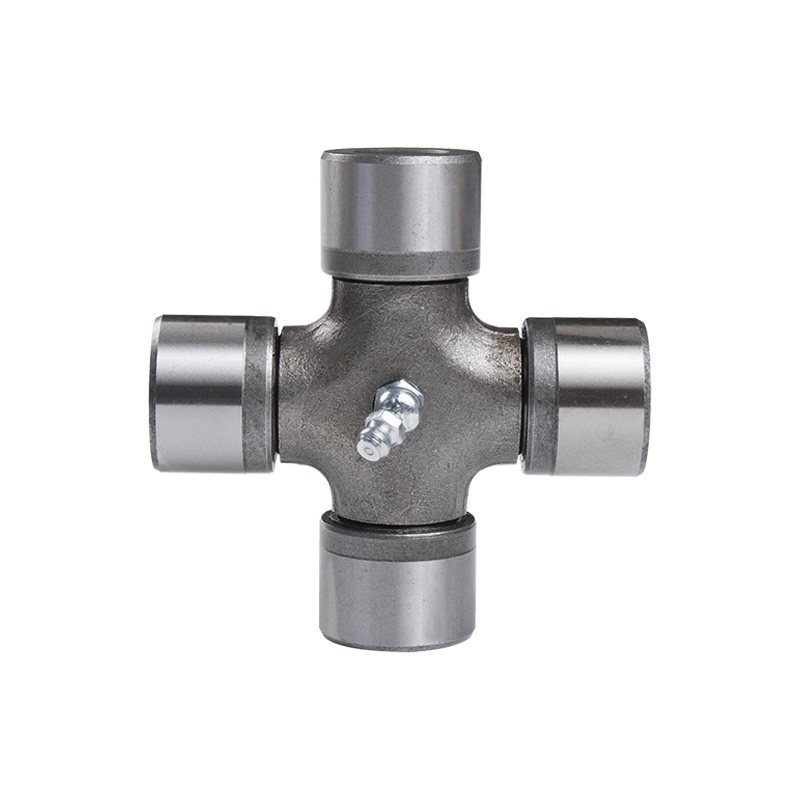
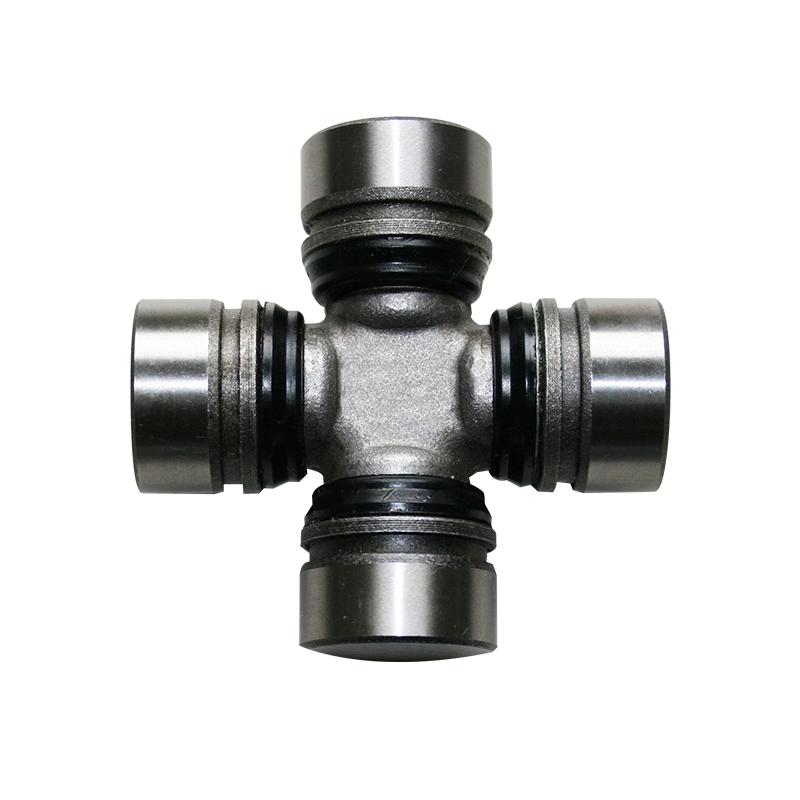
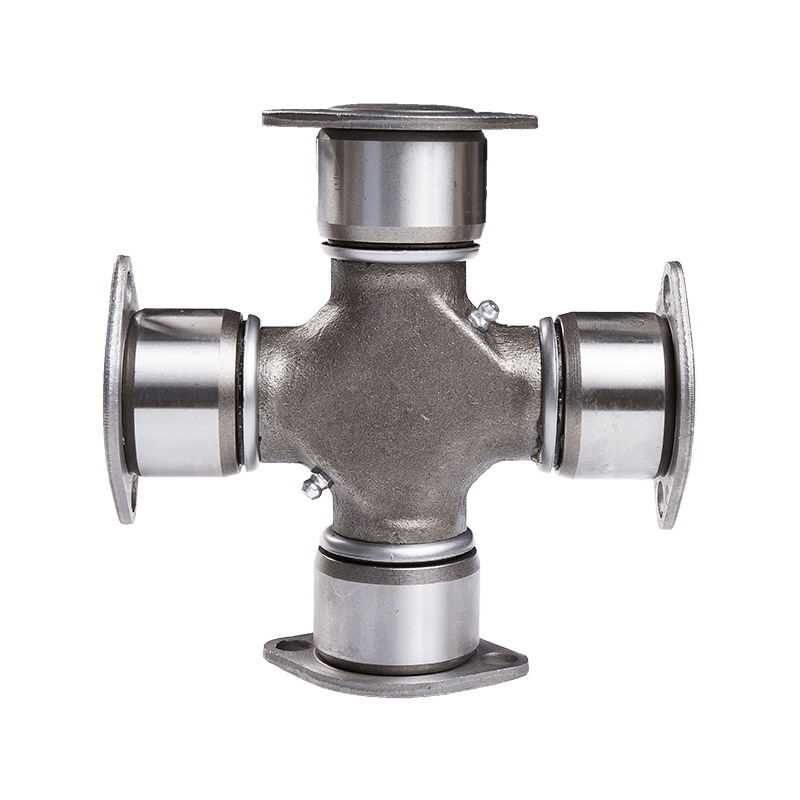
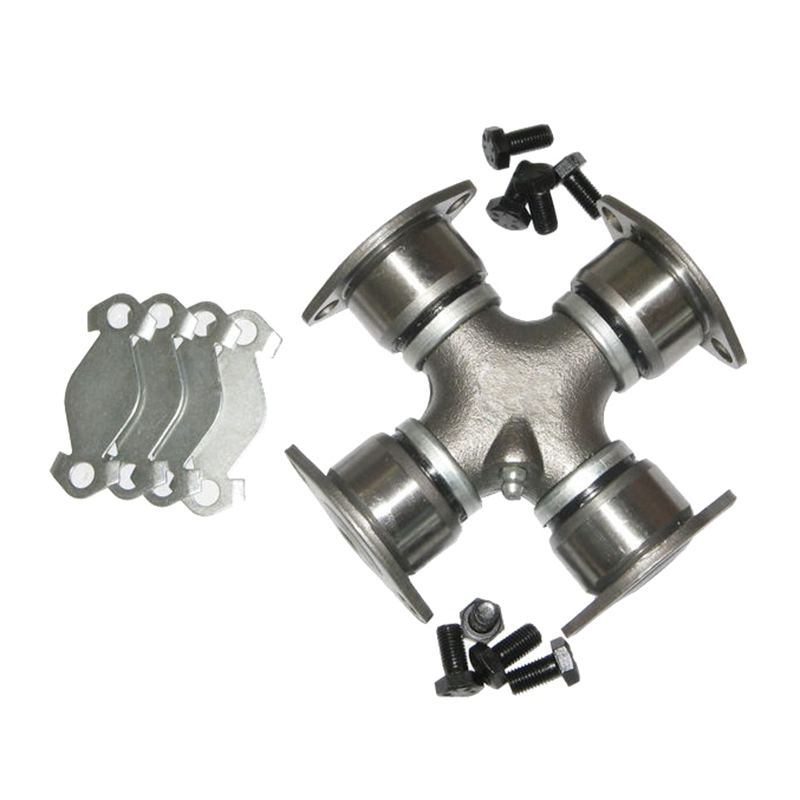
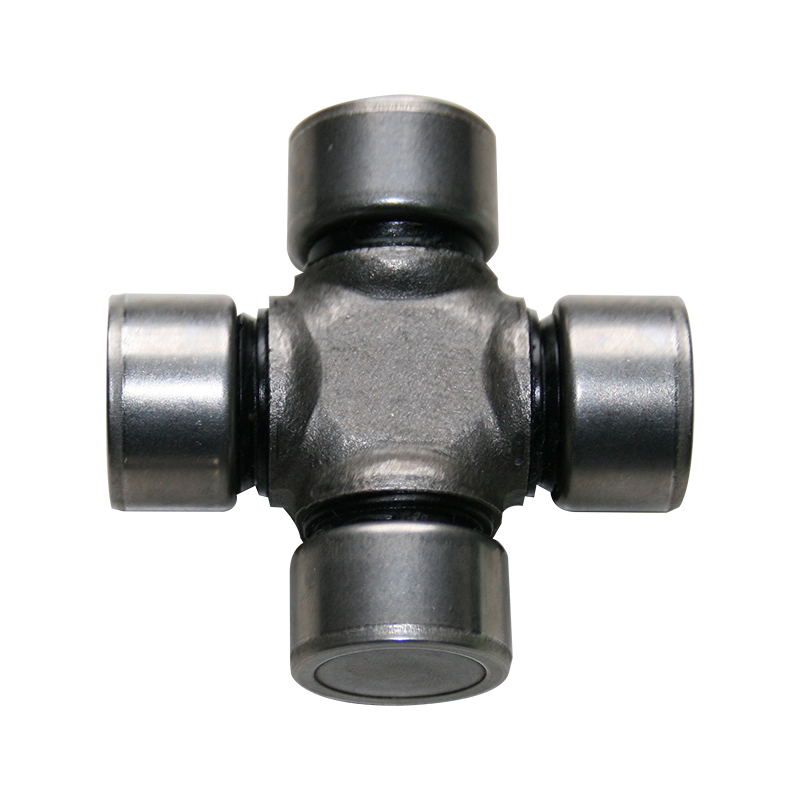
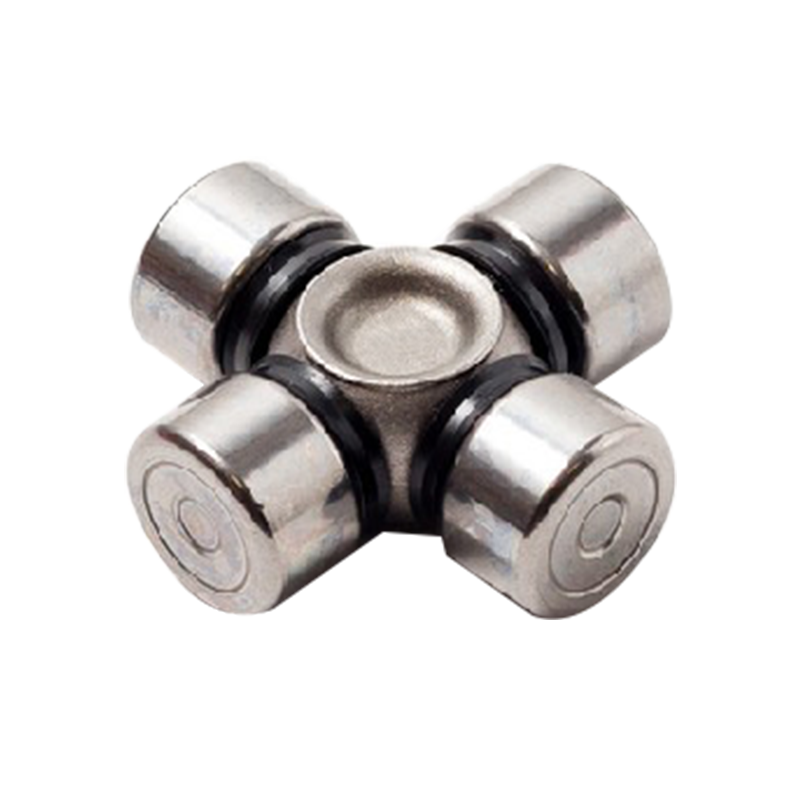
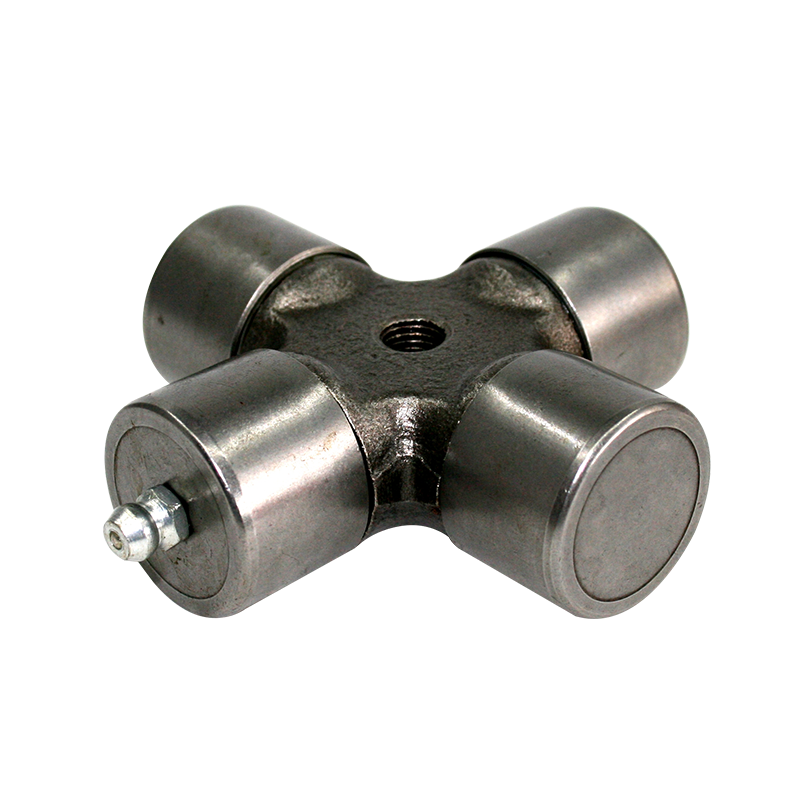

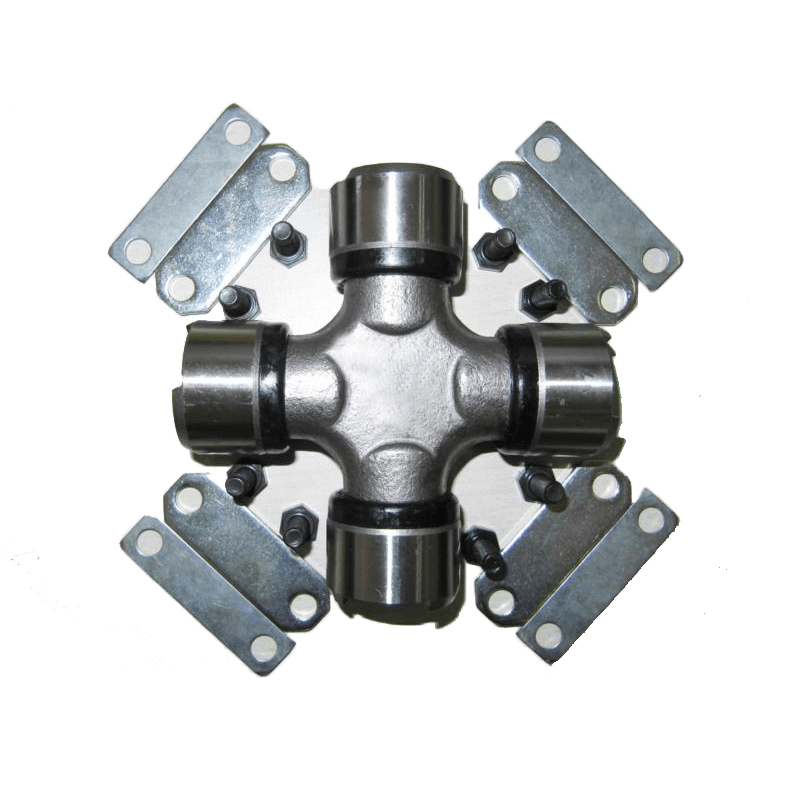
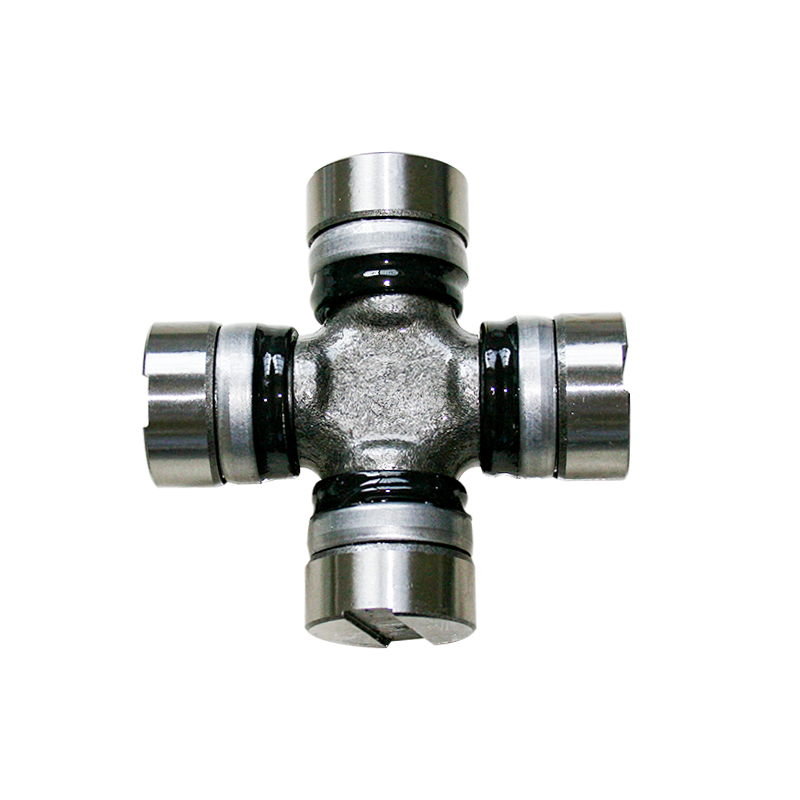

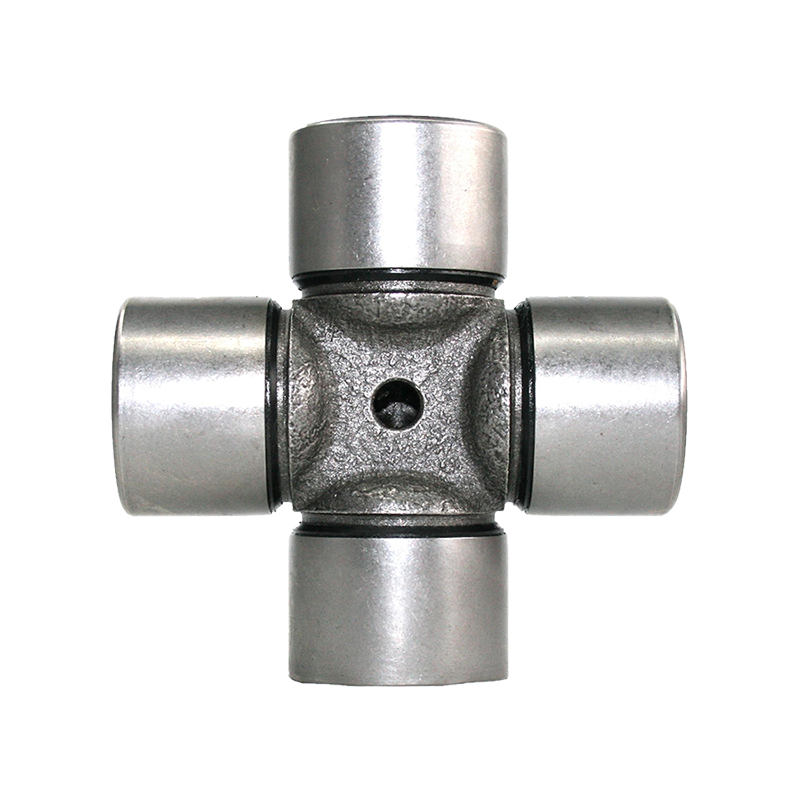



Contact Us